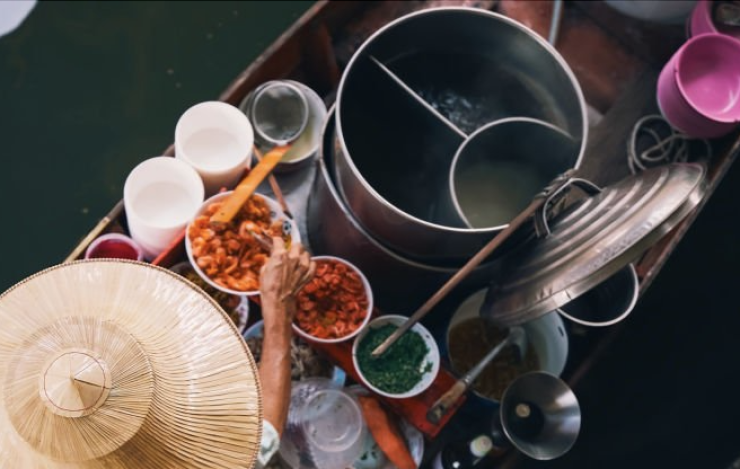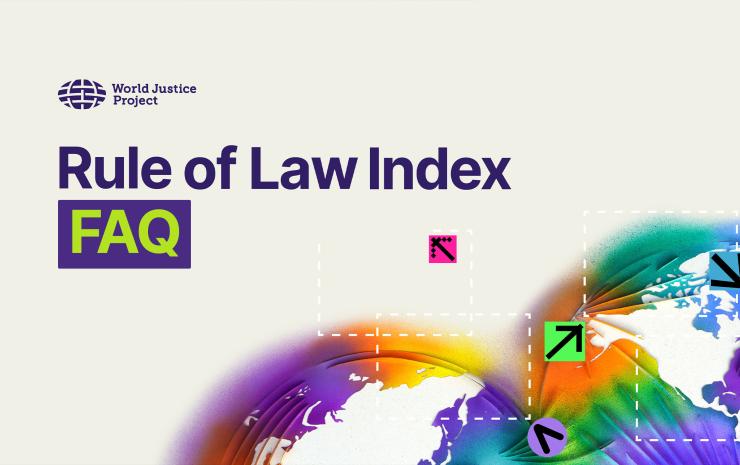

Mexico’s justice institutions have long been insular and aloof from the people they are intended to serve. But a new movement to promote open justice could help build much-needed public trust in the Mexican justice system—and potentially inspire other countries committed to advancing people-centered justice to follow suit.
In July, the World Justice Project (WJP) joined its governmental and civil society partners to launch the groundbreaking Open Justice Metric before a high-level audience of public officials, media, and other stakeholders in Mexico City.
Four factors of open justice
“This tool is the first-of-its-kind in the world,” says Alejandro Gonzalez, WJP’s director of rule of law projects in Mexico. “It evaluates the level of openness in local and federal institutions in Mexico, identifying strengths and areas that can be improved by centering people’s experiences in the justice system.”
That, he adds, is key to improving the integrity of the justice system and boosting overall confidence that it can deliver.
Broadly speaking, a justice system that is “open” is transparent about its decisions, can be held accountable by the public, is accessible to minority groups, provides support services to crime victims, and allows citizens opportunities to provide feedback on services and programs.
Accordingly, the Open Justice Metric measures four factors: transparency, accountability, participation, and collaboration. By rigorously measuring each of these in 233 justice institutions, the new Metric sets the stage for targeted reforms that address areas of weakness and a new way to benchmark progress.
Early momentum and initial findings
The Open Justice Metric already has endorsements and traction across the Mexican justice system, in large part because it was co-created with the country’s premier open government institution, the National Institute for Transparency, Access to Information and Personal Data Protection (INAI), as well as the Institute for Research on Accountability and Combatting Corruption (IIRCCC) at the University of Guadalajara.
Mexico’s justice system is diverse and includes prosecutors’ offices, a wide variety of courts, and alternative dispute resolution agencies. Traditionally, many justice institutions have maintained a closed and rigid culture, leading to low levels of citizen trust, intractable corruption, and onerous barriers to accessing justice. Only 10 percent of people’s daily justice needs are addressed through the Mexican justice system, according to a 2019 estimate by WJP.
The first Open Justice Metric results reveal that Mexico’s justice institutions offer people wildly different experiences. While the average score was 0.42 out of 1 overall, some institutions, such as the high courts of justice and human rights commissions, scored quite high, standing out as some of the most open justice institutions in the country. Others, such as labor courts and the agencies in charge of the criminal justice system, scored near zero.
What open justice can do
To imagine how open justice improvements could make the justice system more people-centered and effective, consider several hypotheticals:
-
A judge writes a final decision in very plain, accessible language so that an underage girl who was sexually assaulted can understand the result, including the sentence and reparation plan.
-
A teenager who committed manslaughter is able to resolve his case through restorative justice as opposed to going to juvenile prison.
-
Criminal defendants with developmental disabilities or mental illness are assisted by facilitators who explain proceedings and serve as ‘bridges’ between judges and defendants during hearings.
-
A man working at a large corporation discovers evidence of embezzlement. When he reports the crime to law enforcement, his identity is protected so that his employer cannot retaliate against him.
Each of these scenarios underscore that when open justice principles are prioritized, people’s needs are centered and safeguarded by the institutions that serve them.
Engaging legal leaders in Mexico
For the past six months, WJP has been presenting preliminary findings from the Open Justice Metric to justice institutions throughout Mexico. In addition to continuing these presentations to courts and prosecutors’ offices, WJP has assembled a working group of high-performing justice organizations, including the Supreme Court, to build an agenda for open justice reform. That includes an effort to incorporate open justice commitments into Mexico’s Open Government National Action Plan for the first time.
The Open Justice Metric is still new, and change will take time. But the Metric provides actionable data for justice institutions, making WJP optimistic that increasing transparency, accountability, participation, and collaboration is possible.
And although the Open Justice Metric methodology is specific to Mexico, WJP’s Gonzalez says other countries could follow a similar path.
“It’s without a doubt a tool that can inspire similar models in other countries and regions with closed, insular justice systems that are not focused on people’s needs.”






